War shatters not only homes but also the familiar rhythm of life. For older adults who have been forced to leave their homes, this means the loss of not just walls, but of a settled rhythm that has been formed over the years. When the external world becomes chaotic and unpredictable, how can one hear one's inner clock? How can one find an anchor when the ground is shaking? An art therapy session titled “Human Biorhythms”, held on July 23, 2025, was dedicated to these profound questions. The event took place in the dormitory of the Separate Structural Unit of the Poltava Oil and Gas Vocational College of the National University “Yuri Kondratyuk Poltava Polytechnic”, which currently houses internally displaced persons.
The event was organized by Associate Professor, PhD in Pedagogy, Acting Head of the Department of Psychology and Pedagogy, Lesia Klevaka, and Associate Professor, PhD in Psychology, Viktoriia Shevchuk, as part of the large-scale international Erasmus+ KA220-ADU project “TRUST” – Trauma of refugees in Europe: An approach through art therapy as a solidarity program for Ukraine war victims (Grant No. 2024-BE01-KA220-ADU-000257527).
The project title is decoded as follows:
TRUST
T – Trauma
R – Refugees
U – Ukraine
S – Solidarity
T – Therapy
The project is co-funded by the EU and led by the Centre Neuro Psychiatrique St-Martin from Belgium, in partnership with the National University “Yuri Kondratyuk Poltava Polytechnic” (Ukraine), Greek Carers Network EPIONI (Greece), Fondazione Don Luigi Di Liegro (Italy), Lekama Foundation (Luxembourg), EuroPlural Project (Portugal).
The session began with a warm, trusting conversation about how each of us lives by our unique inner clock. The participants learned about the physical, emotional, and intellectual biorhythms that influence our energy, mood, and ability to concentrate. They also discussed the difference between “larks” and “owls” and the importance of considering individual peaks of activity in daily life. This theoretical part became a bridge to deep practical work, where everyone could explore their unique rhythm.
The first exercise was the creation of the “Rhythm of My Day”. Each person drew a symbolic “map of their day”, marking periods of high energy and productivity, as well as moments when fatigue sets in. Some drew a rising and setting sun, others a wavy line of energy. This simple practice allowed them to see when their body asks for activity and when it asks for rest, helping them to understand their energy rhythm better, identify patterns in their states, and determine when their body needs a pause for recovery. “I always forced myself to do things in the evening because it was expected, but now I see that my body simply wants silence”, – one of the participants shared.
Next, in the “Body Energy Map” exercise, participants worked with their physical sensations, using colour as a tool to express their energy state. Using pencils, paints, or crayons on outlines of the human body, they marked areas where tension, stress, or discomfort accumulate, as well as areas where they feel warmth, lightness, and vitality. Warm yellow and orange colours symbolised energy, peace, and inner resources, while cool blue and grey colours pointed to areas that need attention and care. This exercise became a dialogue with one's own body, an opportunity to hear its quiet signals, which we so often ignore, and to develop body awareness, learn to recognise the body's signals better, and work on self-regulation.
In the “Mood Rhythms” exercise, participants used colored paper to create an “emotional chart” of the past week. This helped them see that mood is not a constant value but a living, dynamic wave. This realisation brings relief: even after a dip, there is always a rise.
The culmination of the session was the creation of a “Biorhythmic Animal Totem”. The participants imagined an animal that symbolises their natural rhythm. The circle was filled with images of a wise owl, active at night; a hardworking bee, toiling tirelessly; and a calm cat, who knows the value of rest. This metaphor helped them accept their nature with love and humour.
In the closing circle, an atmosphere of warmth and profound insights prevailed. Participants shared their discoveries about themselves, their needs, and their feelings. “I realised that I have the right to be tired. And that self-care is not selfishness, but a necessity, especially now”, – was heard in the quiet.
This meeting became much more than just an art therapy session. It was a space where elderly people who had experienced the trauma of forced displacement could feel heard and find a common language with their bodies and emotions. It is a step toward restoring a sense of control over their lives, toward psychological resilience and mutual support. When you can hear your inner rhythm, it is easier to withstand any external storm.
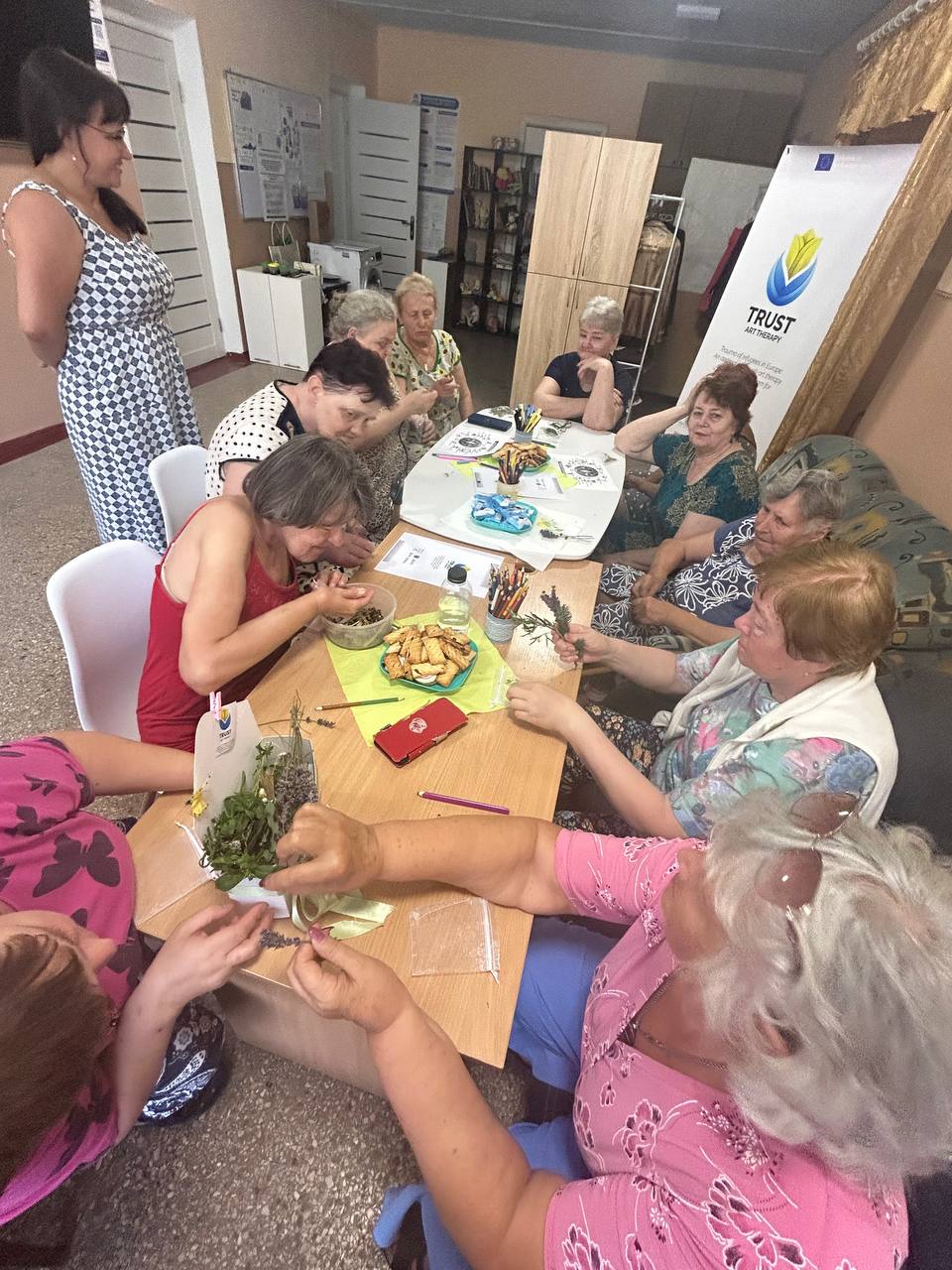
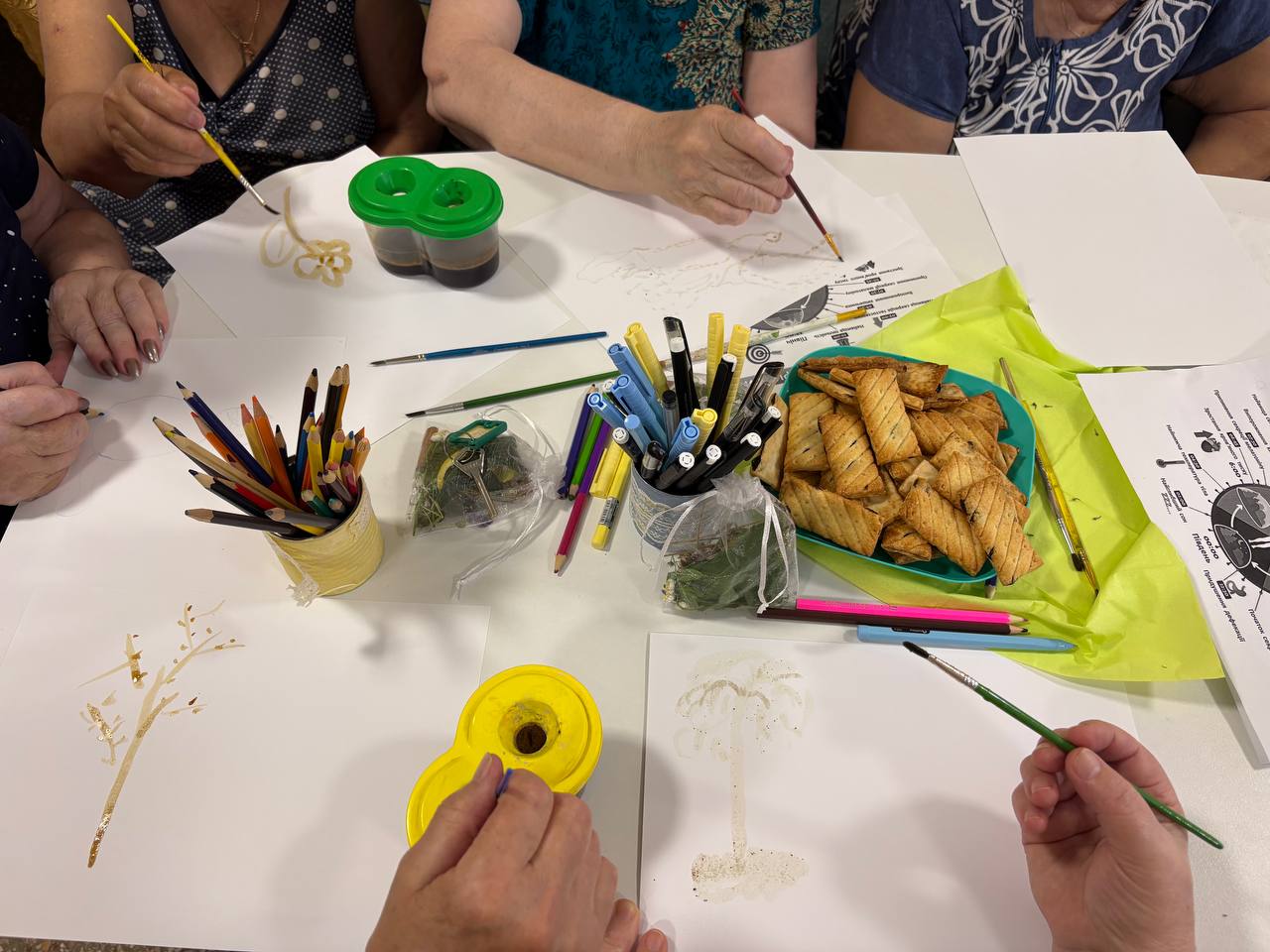
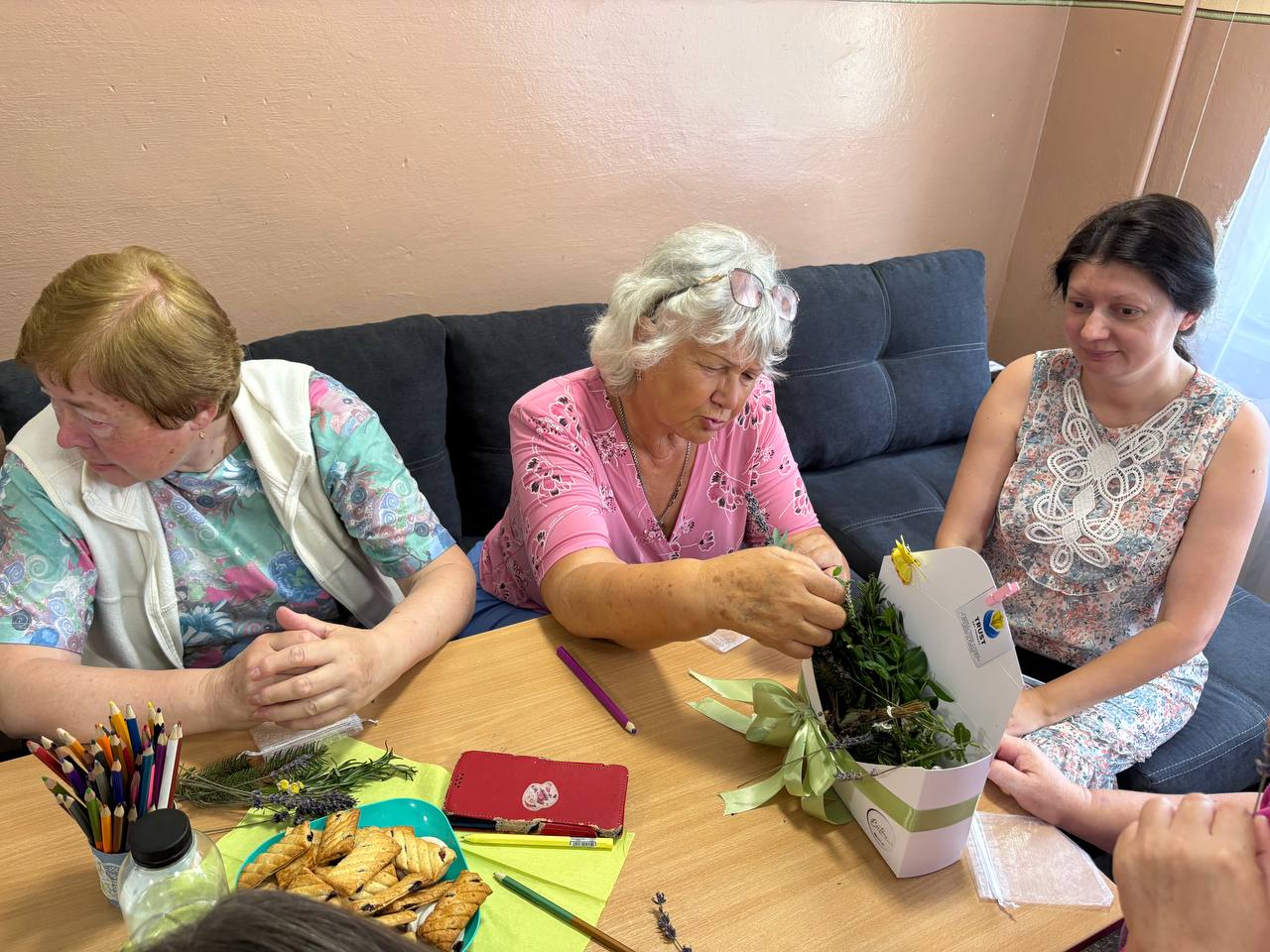
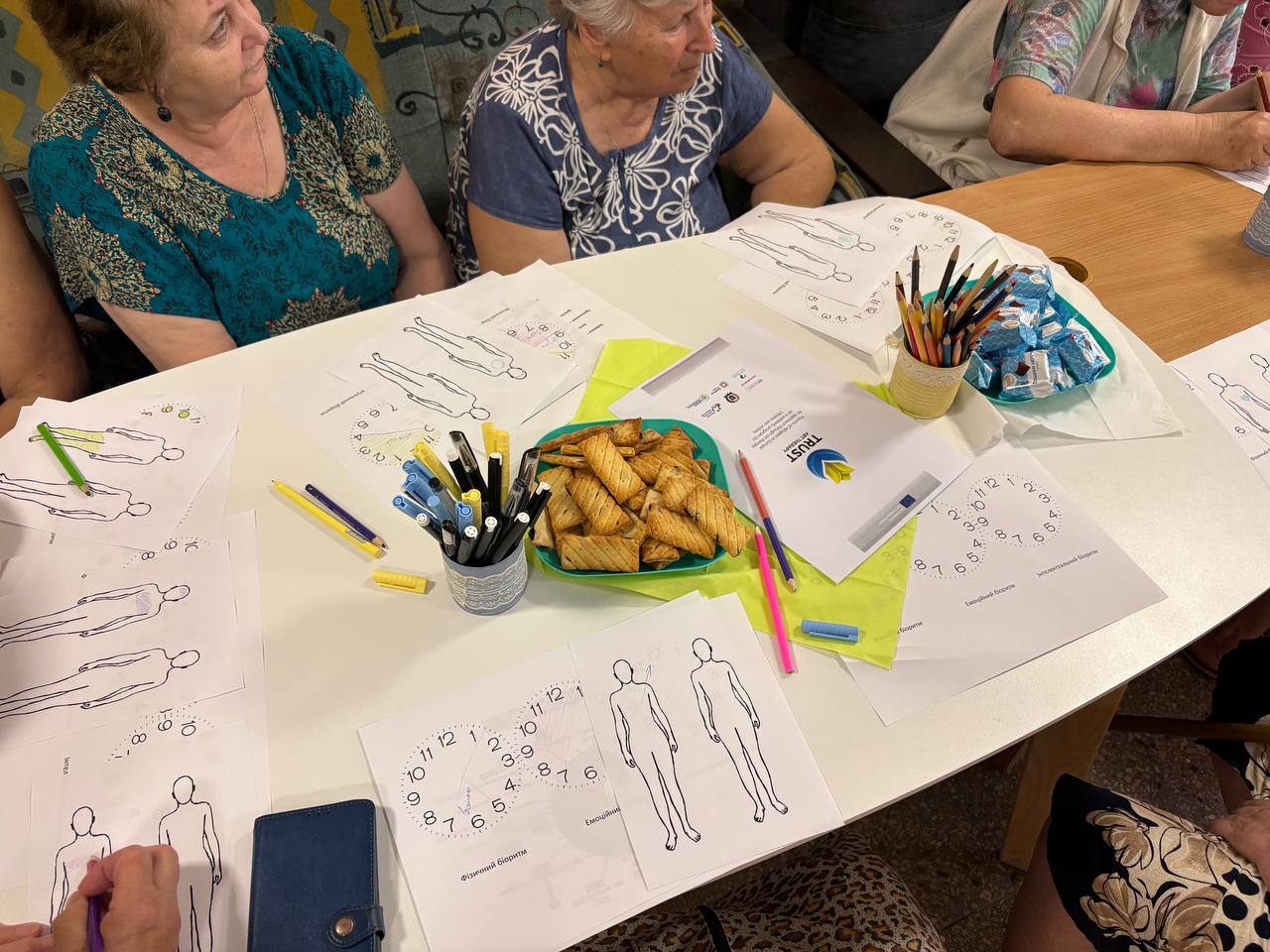
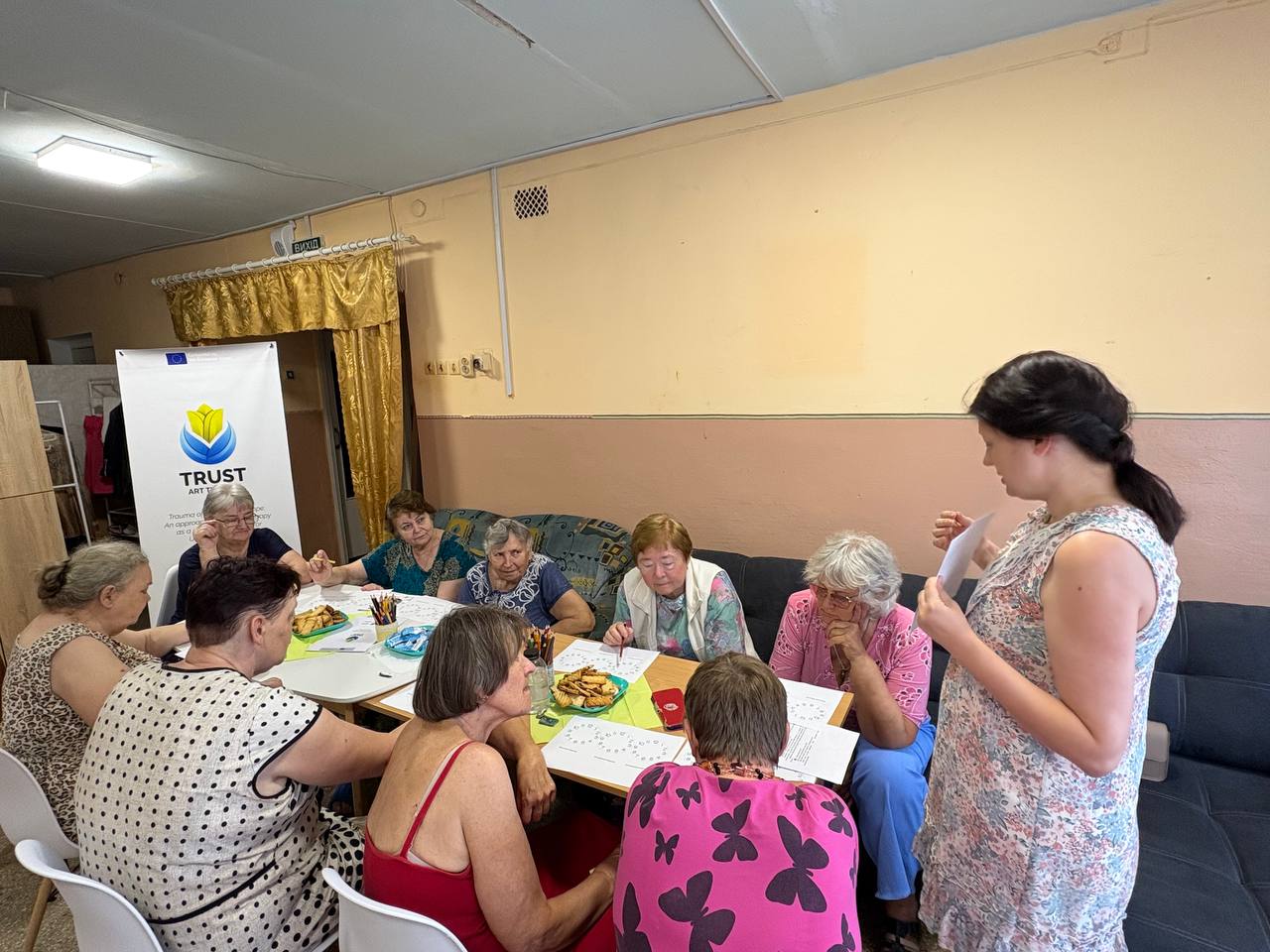
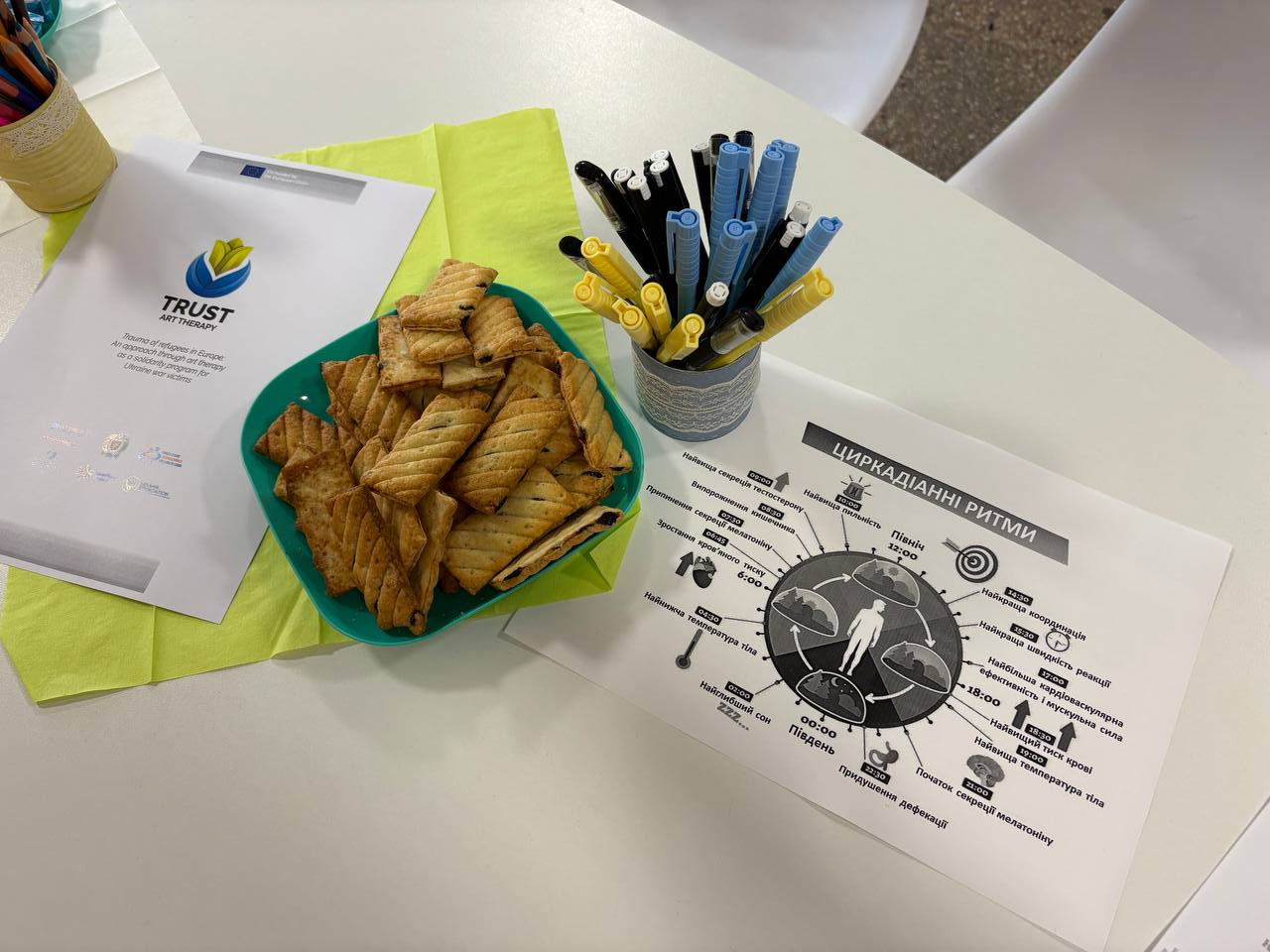
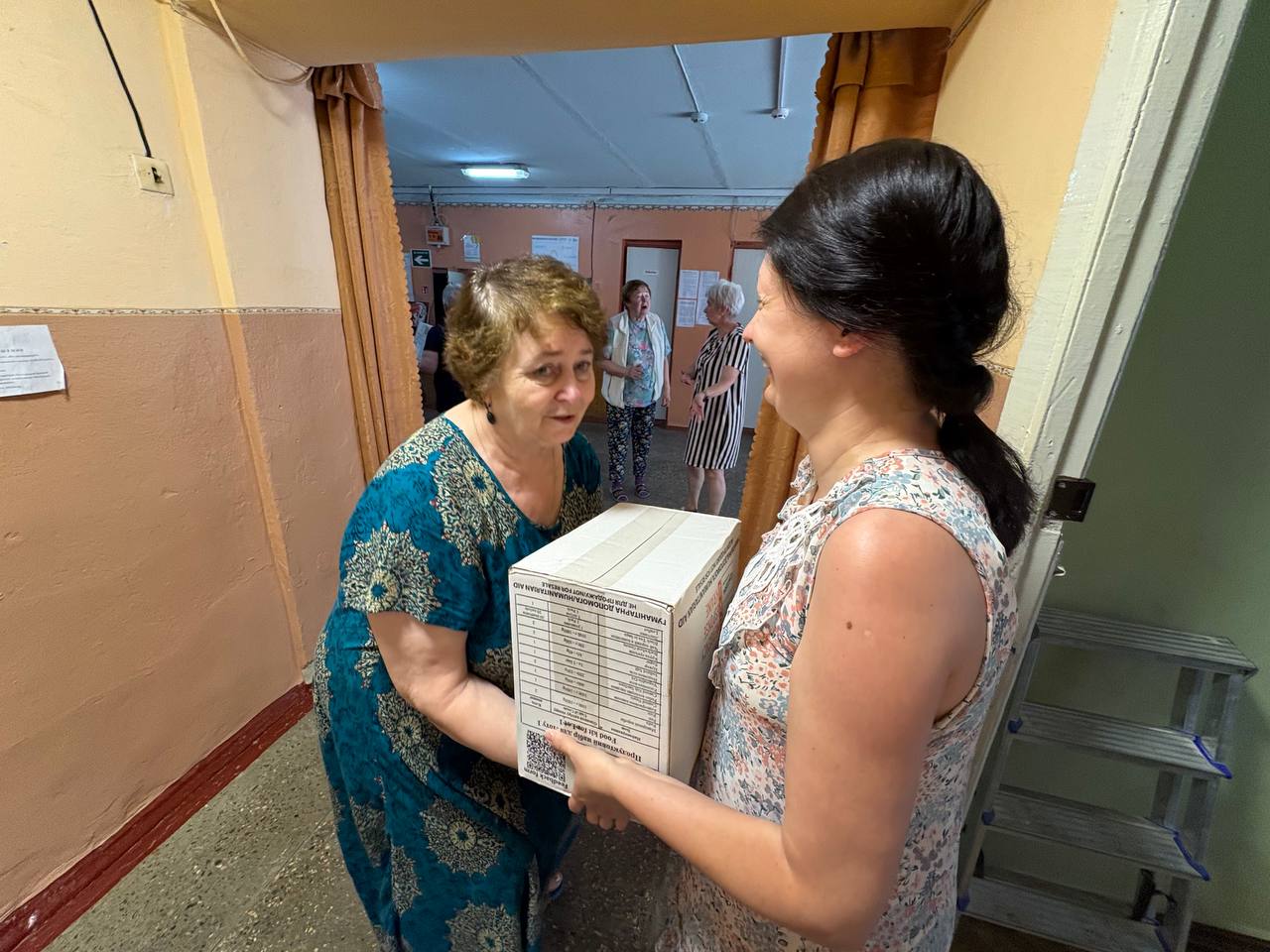
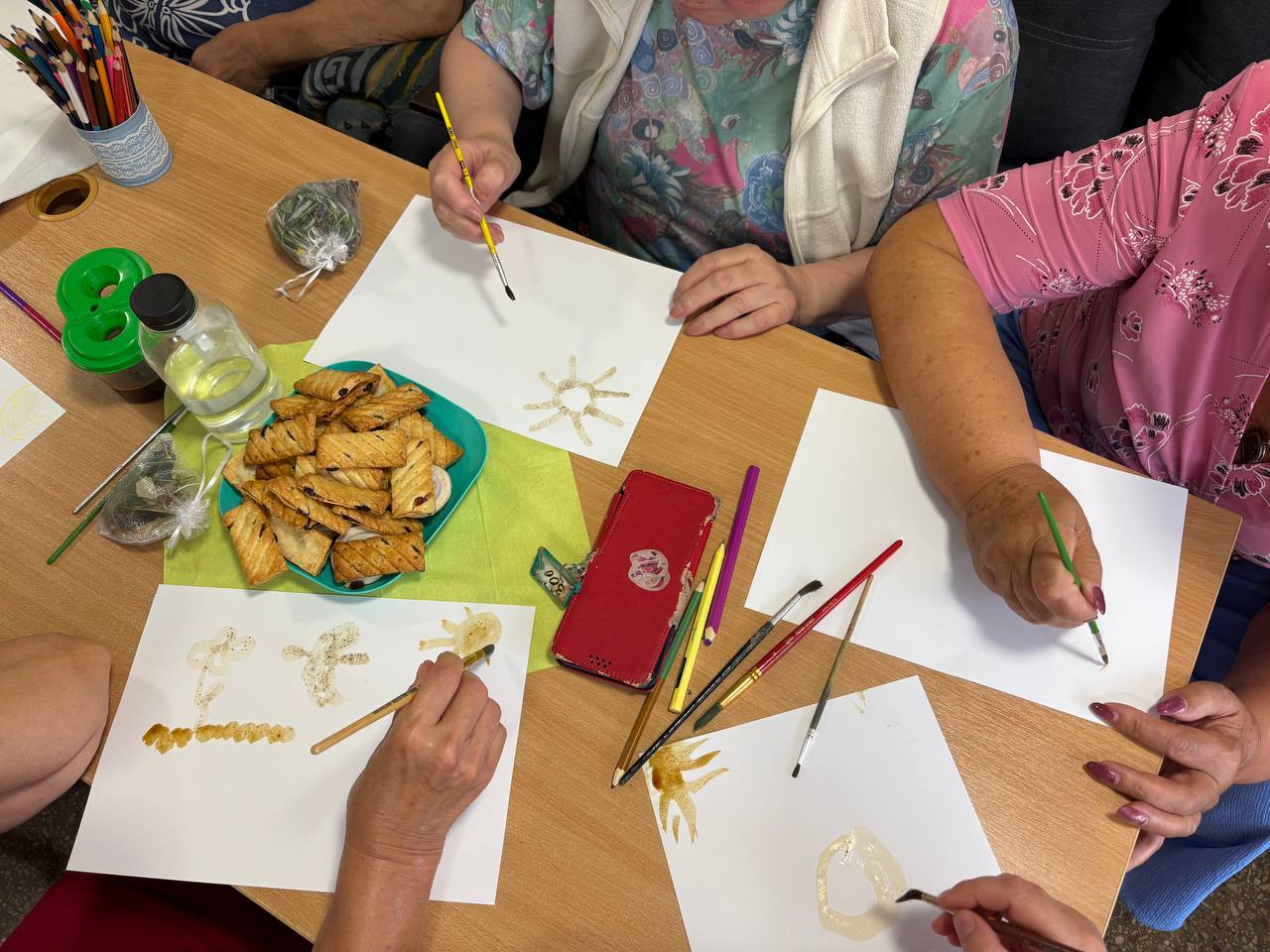
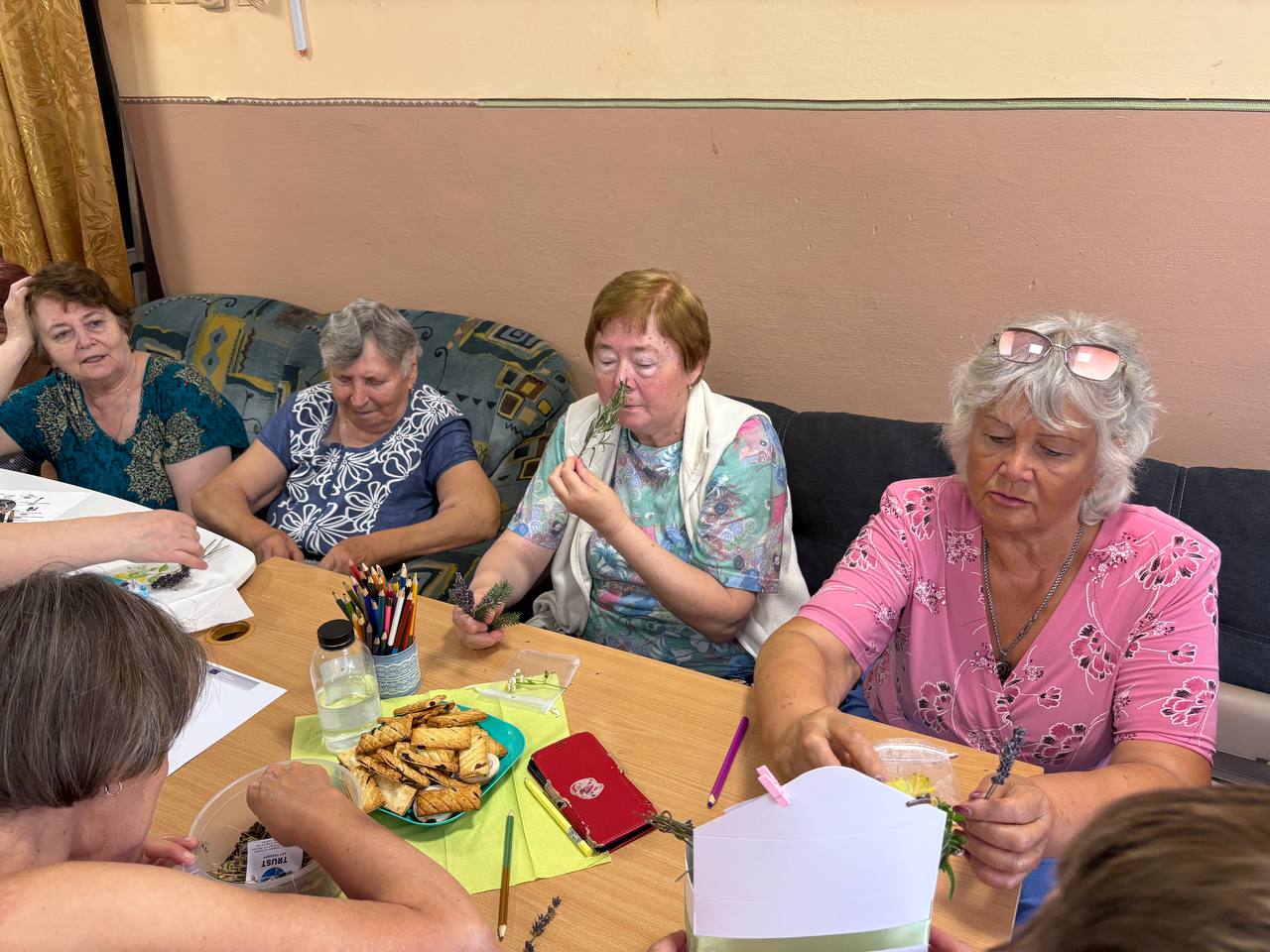
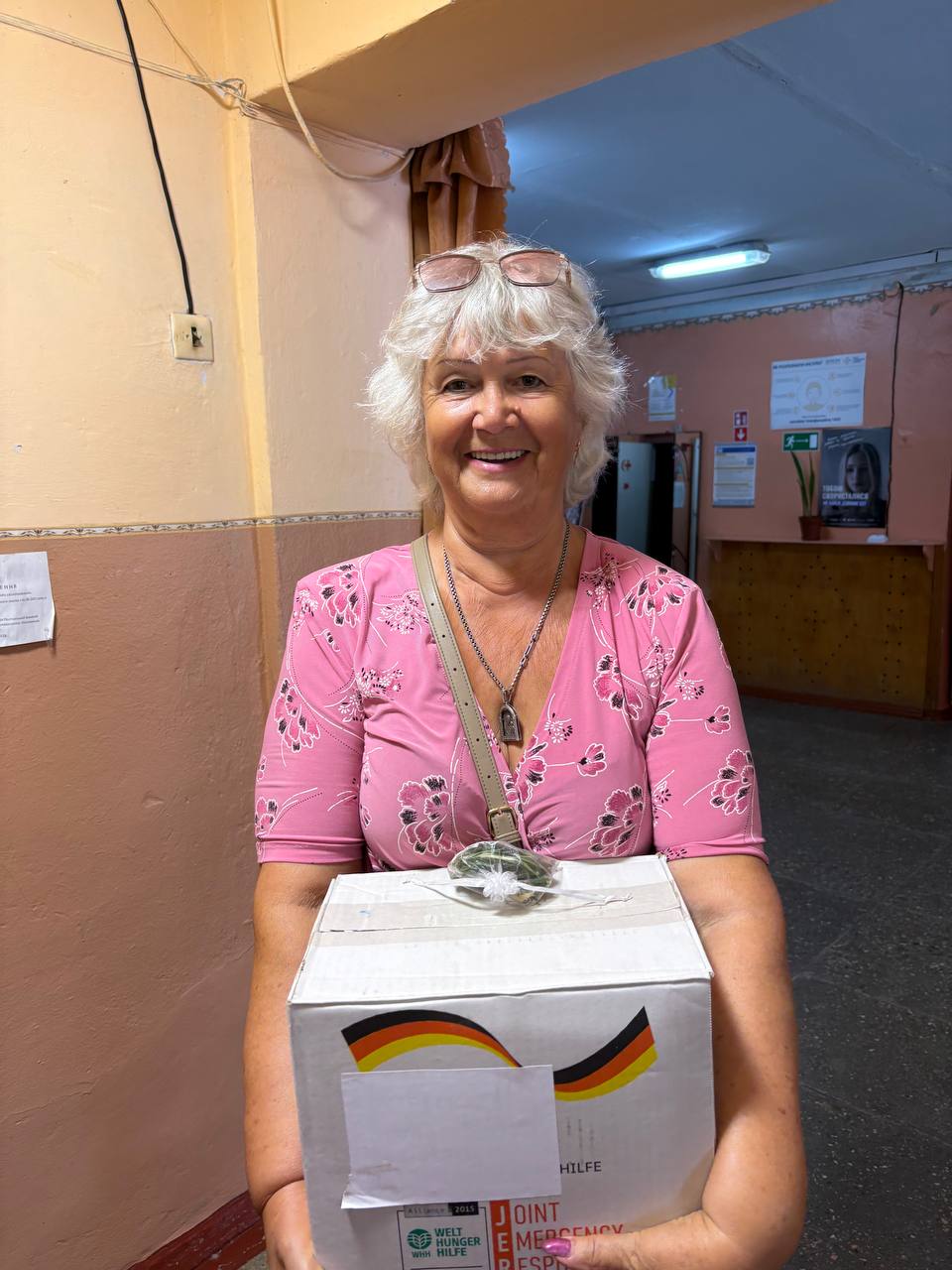
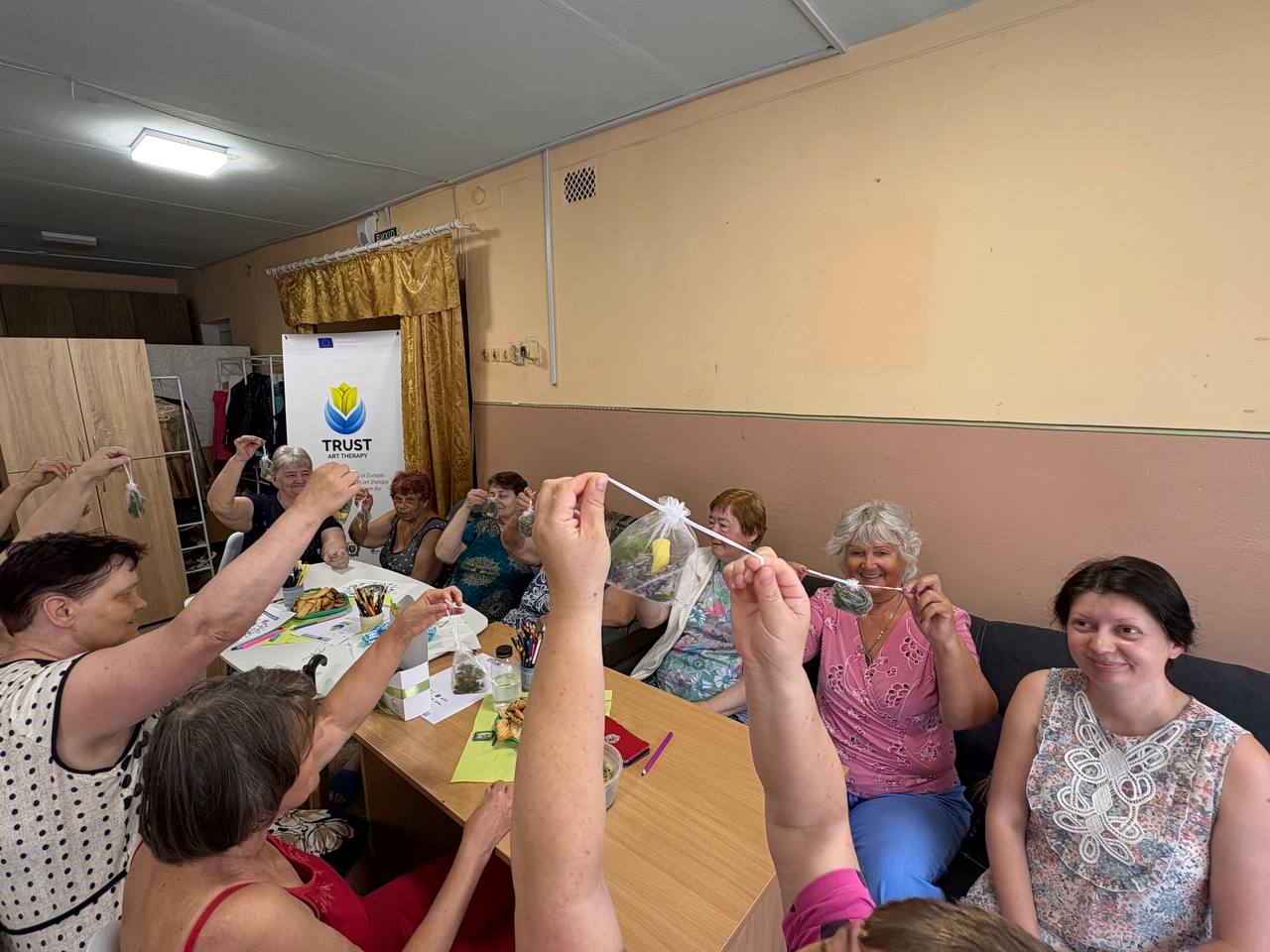
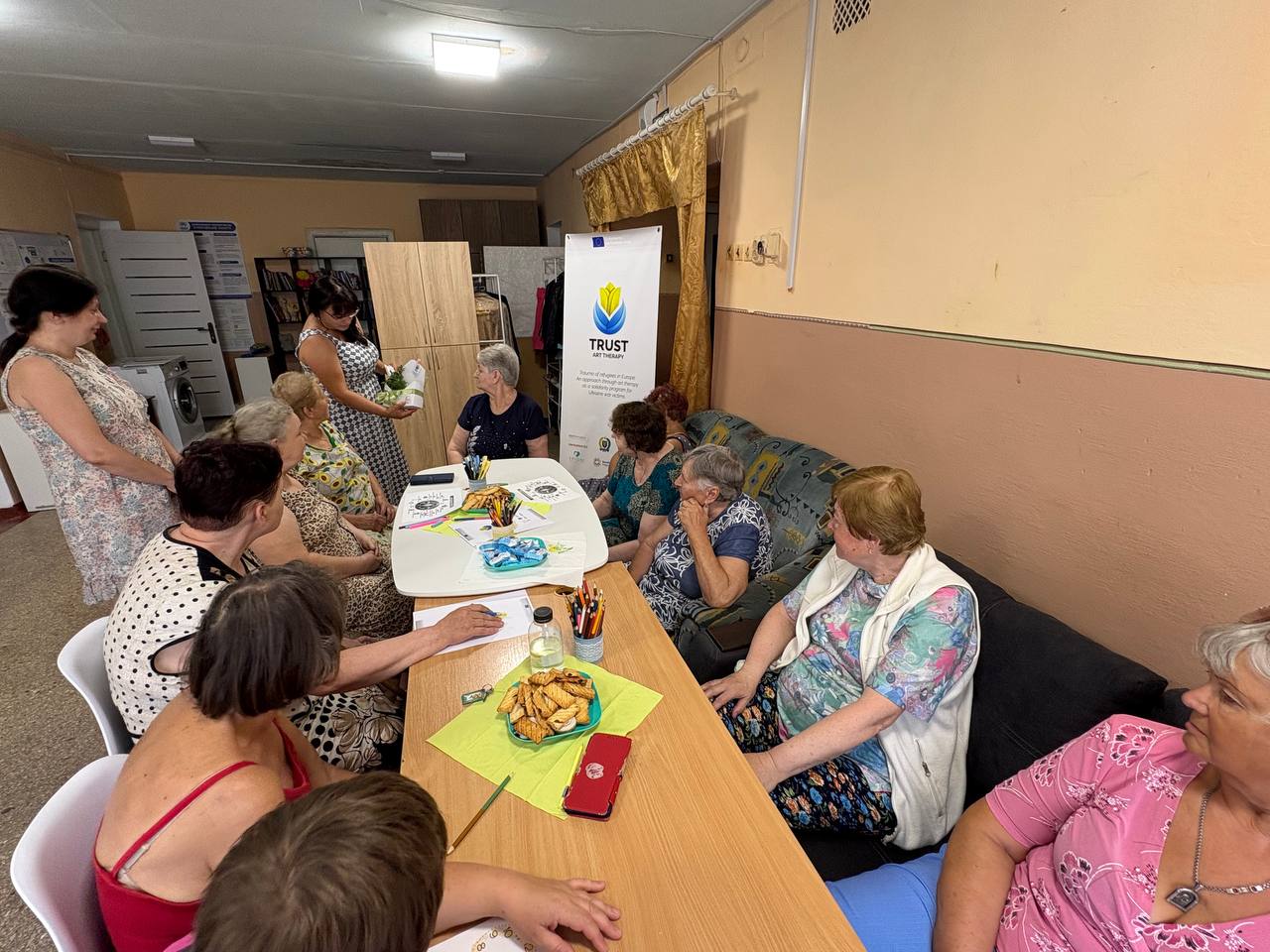
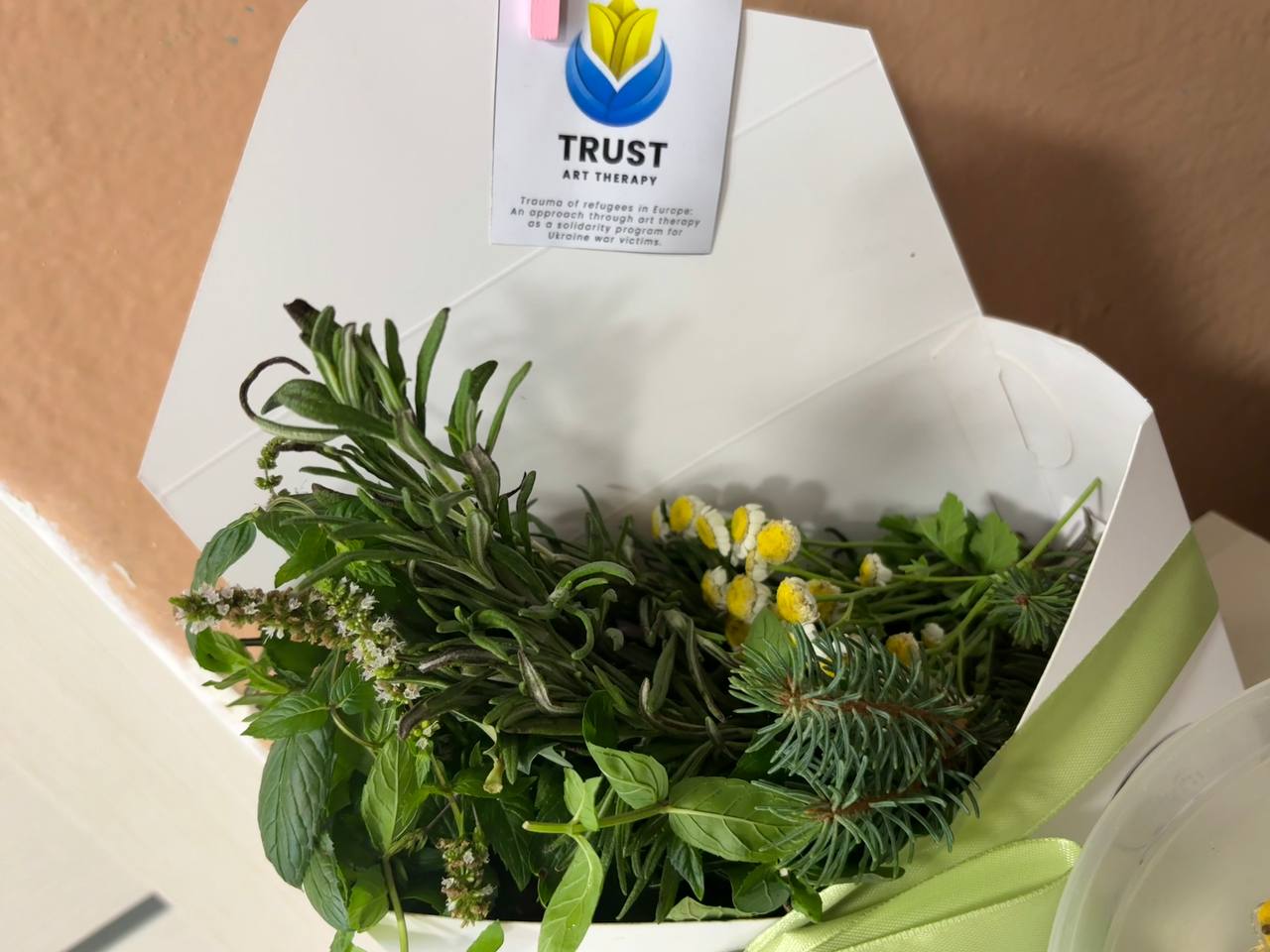
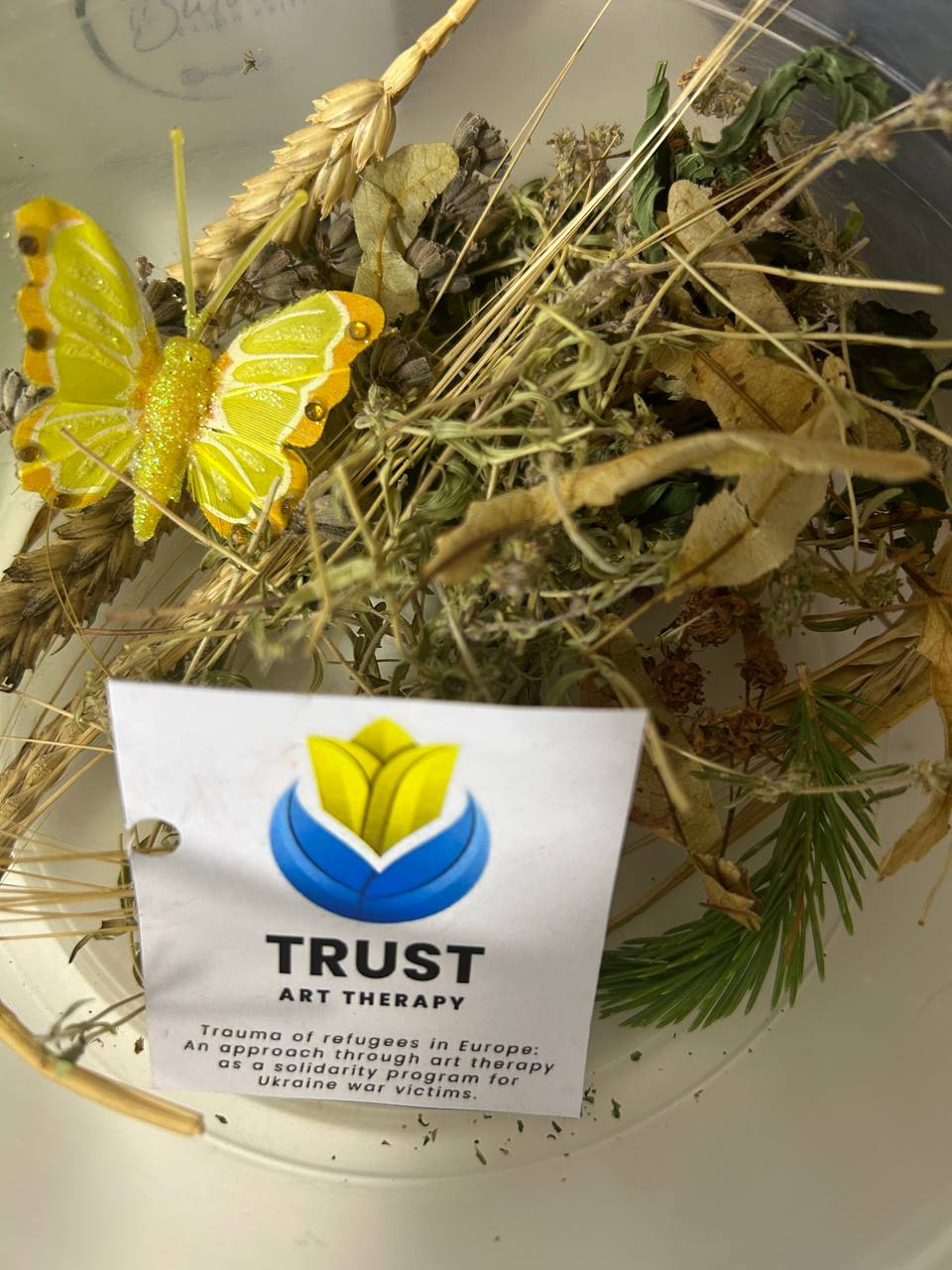
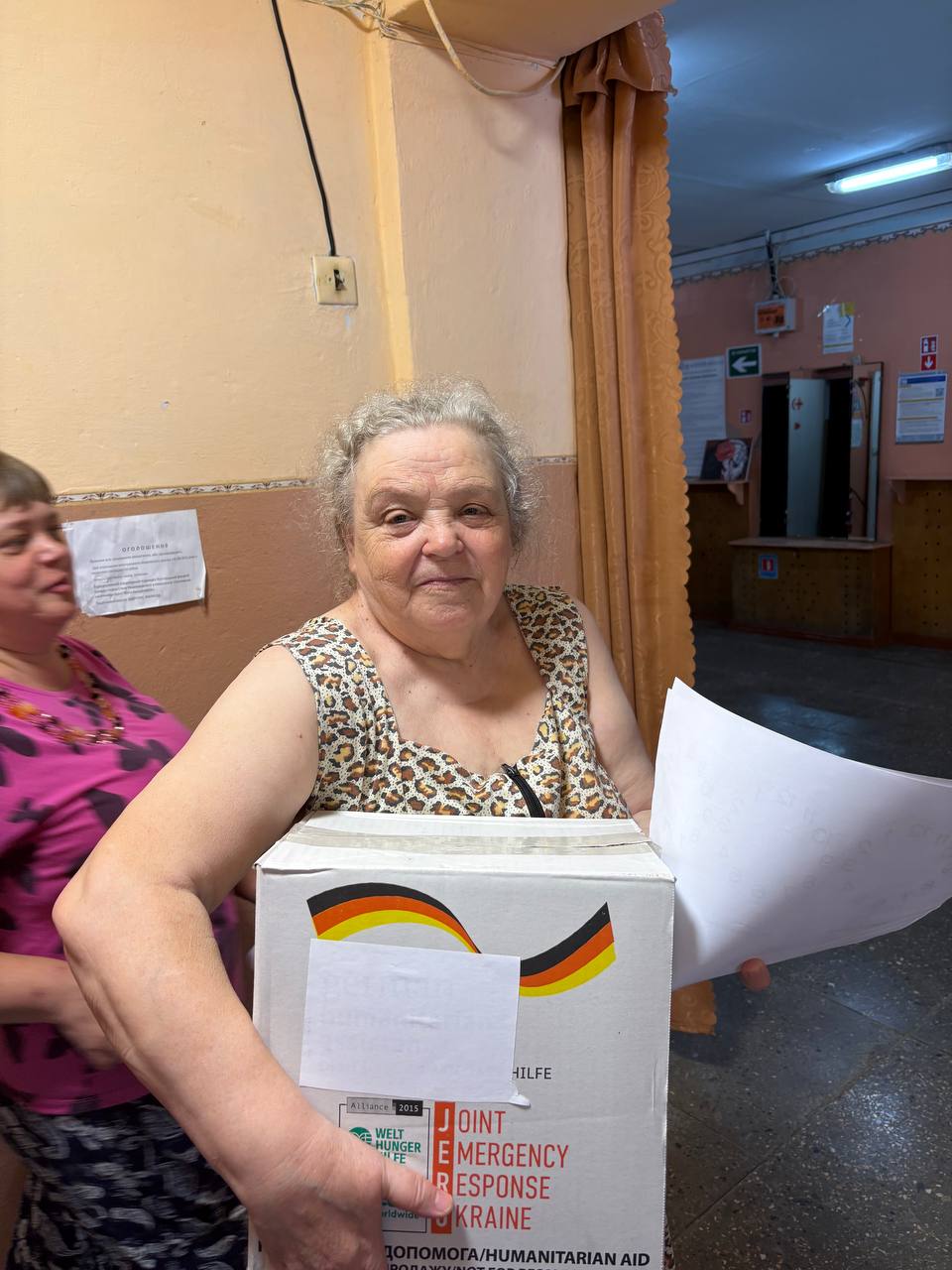
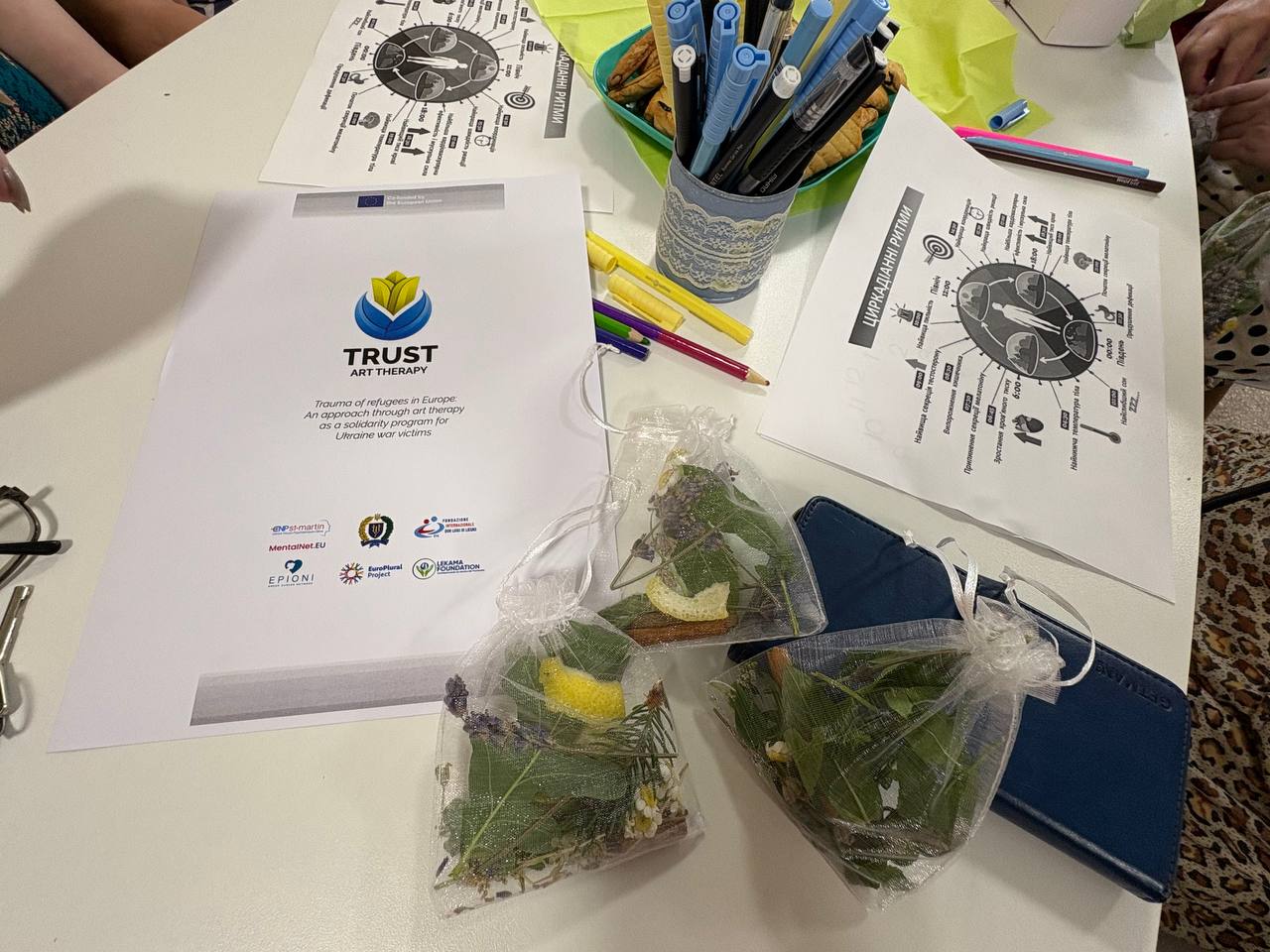
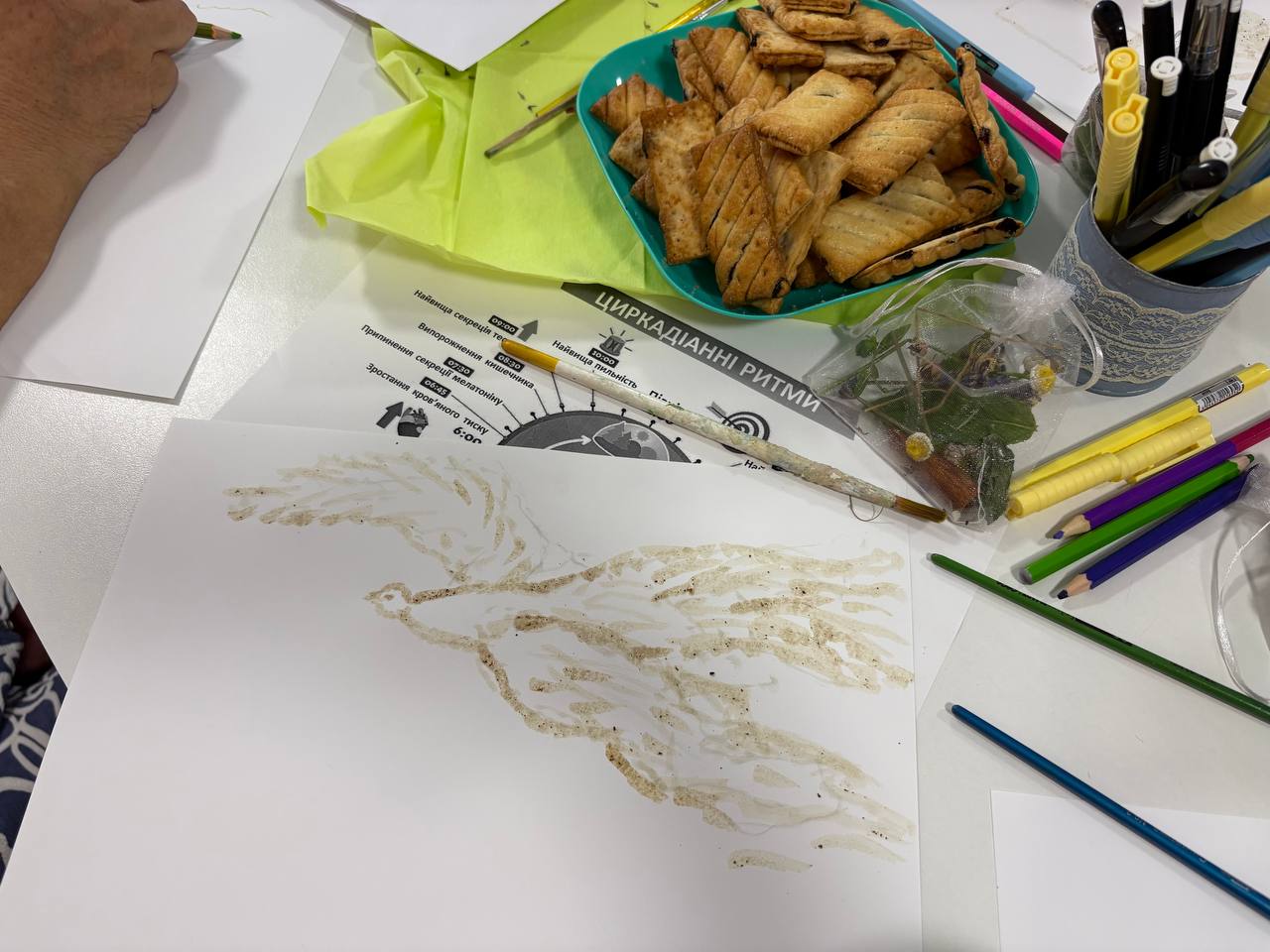
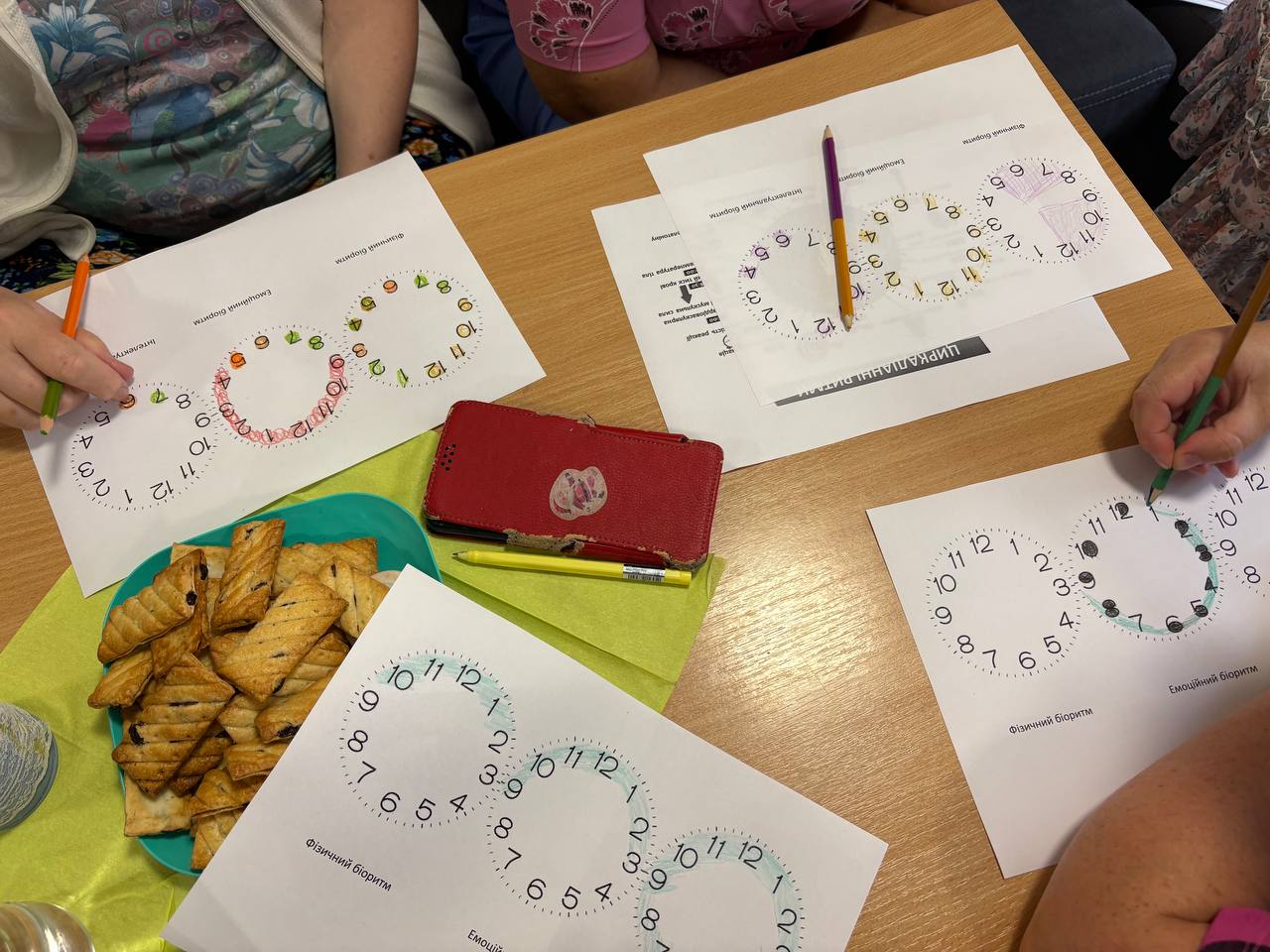

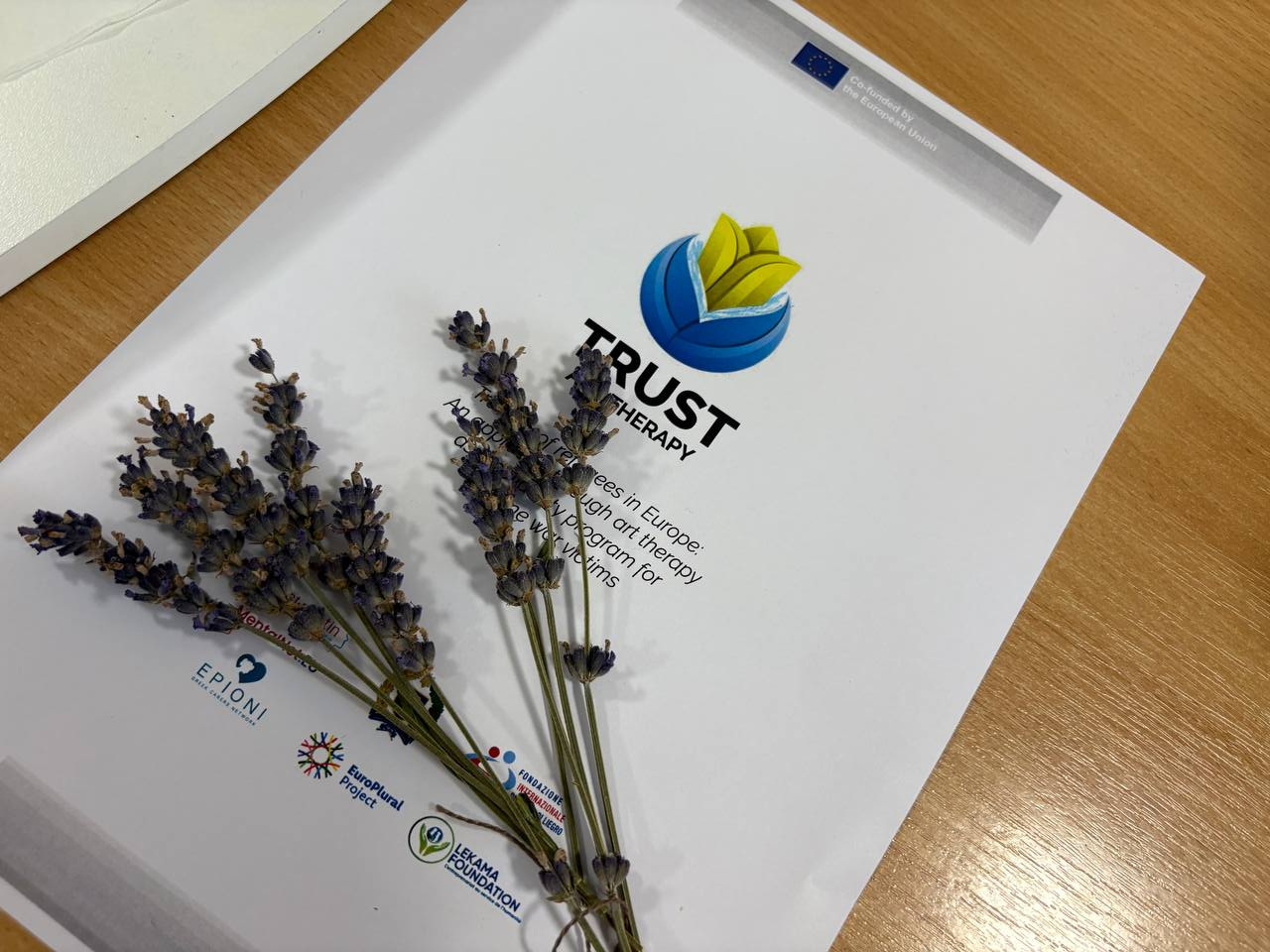
The international team of the TRUST project continues to create such healing spaces where everyone can find their path to recovery.
Media Centre of
National University “Yuri Kondratyuk Poltava Polytechnic”



